SAFI project offers orbiting decision-support service for fishing, fish farming

Copernicus correctly hypothesized, nearly 500 years ago, that the earth orbits the sun – not the other way around.
Copernicus, fittingly, is now circling the earth: In honor of the Renaissance mathematician, scholar, economist and astronomer, a satellite data project launched by European Commission and European Space Agency (ESA) could provide immense benefits to the aquaculture industry in Europe and beyond.
ESA’s €4.3 billion Earth Observation System, dubbed Copernicus (previously known as Global Monitoring for Environment and Security, or GMES), is essentially a coordination of data gathered by what will eventually total more than a dozen Sentinel satellites tasked with observing the earth’s weather, land, sea and atmosphere, as well as the risks associated with changing climates and other security threats.
As satellite data expert Antoine Mangin explained to the Global Aquaculture Advocate, the technology can be a valuable tool for regulators in terms of aquaculture licensing and siting, with many other applications as well. A €1.9 million investment by the European Union via the FP7 Programme called SAFI (Supporting our Aquaculture and Fisheries) is approaching the aquaculture sector about harnessing, and eventually monetizing, a unique range of services from on high.
Why should aquaculture tap into Copernicus’ potential? Mangin, SAFI project manager, said mussel, salmon, sea bass, sea bream, sea cucumber and seaweed farmers are already plugged into satellite data because it offers “near real-time” monitoring of the environmental and biological hazards lurking near their farms.
“First, it’s data about evolution of parameters – temperature of the sea, the basic elements,” said Mangin, scientific director at ACRI-ST in Valbonne, France. ACRI-ST is one of seven SAFI partner institutions (SMEs, or small to medium-sized enterprises) located in five coastal states throughout western Europe and into Northern Africa: France, Ireland, Portugal, Spain and Morocco.
It’s part of the overall jigsaw, to see what’s going on in the sea. The more you know the more you can optimize your farm, make more money, make less of an impact.
COFREPECHE, a Paris-based company that consults on fisheries and aquaculture projects throughout Europe, is another participating SME, and is one of two now lifting SAFI nearer its goals by accessing their industry, policy-making and scientific networks in Europe, Africa and elsewhere.
“We are able to analyze the data provided by the SAFI services and provide support to the user to tailor the information they require either for site selection or for shellfish, fish or algae farm management,” said COFREPECHE staff member Catherine Lecouffe.

Informational requirements for aquaculture operators vary on location, species, business goals and other factors.
“Salmon farmers need water temperatures between 8 and 16 degrees-C. We can tell them, ‘Here is the right area, here it is possible.’ We look not only at temperature, but also the chlorophyll content of the sea water in order to do a classification,” Mangin said. “Then you have layers of information, and by mixing them you can say, ‘This area is good for mussels or sea bass farming.’ This is the information we can bring in for licensing and siting.”
Benen Dallaghan, GIS (geographical information systems) officer at An Bord Iascaigh Mhara, the Irish Sea Fisheries Board (BIM), said low-cost – particularly free – data is an obvious plus for his constituents. While SAFI needs to deepen its industry reach to strengthen its case for paid services, Dallaghan believes the data is valuable for business models of varying scale: start-ups looking for guidance and veteran operators wanting an intricate portrait of the waters they farm.
“You need to get a handle on the water temperature. So much follows on from that. Too high, it stresses some species. Salmon is the classical example,” he said. “[Satellite data is] part of the overall jigsaw, to see what’s going on in the sea. The more you know the more you can optimize your farm, make more money, make less of an impact.”
What could truly save fish farmers money, and perhaps their entire business, is the technology’s ability to detect harmful algal blooms in the water, which can have a devastating impact on fish and shellfish production, most recently in Chile. The satellites can forecast the drift of the blooms to alert operators about the risks they face, and to help them optimize harvests.
Mangin said that besides offering accurate licensing- and siting-advisory services and biological hazard forecasting, the data can also help determine other factors such as shallow water depths, wave heights and even biomass estimation.

“We do this in Italy today for mussel farming,” Mangin said. “To the farmers, we can say, ‘If you put your mussels here, the expected weights will be this amount of biomass, which helps them predict [the best time for] harvesting, depending on where they are, and in which timeframe.”
Sylvie Charvoz, whose family started Cannes Aquaculture in the South of France 30 years ago – the first certified organic fish farm in France – told the Advocate that the “young profession” of aquaculture can be a nightmare for operators when bad weather and other unforeseen obstacles drive up production costs. Charvoz, whose company grows golden bream and sea bass, hopes to use satellite data from season to season to create a data timeline. It’s good for the fish, and for her crew, she said.
“Wind force, wave height and wave angles to aquaculture structures all condition daily harvesting and determine safe transport of fish to harbor,” Charvoz said. “Staff security during feeding, harvesting and transport maneuvers is a key concern for the marine entrepreneur. The number of days along the year when harvesting is impossible will condition rentability, and may deprive the operator from a number of customers who demand steady regularity in delivery frequencies.”
SAFI, with the help of its partner organizations, is currently assessing the industry’s willingness to pay for the deeper services – determining the borderline of which services will be free and which will have a fee – and gauging the potential macroeconomic impact overall. SAFI held a workshop in September in Rabat, Morocco, to explain the process to marine sector stakeholders there with the help of ACRI-EC, another of the SMEs, which is backed by the French ACRI group.
“We’re really at the beginning of the story. We are now in a position to tune the algorithm for fish farming,” said Mangin. “We can deploy a service for at least the next two decades – operational support for fish farming.”
Charvoz, of Cannes Aquaculture, says nothing can replace three decades of competent hands on experience, daily observation of animal behaviour. But innovation is always welcome.
“In this fish farm, run at human scale, passion of sustainable artisanal work remains the key word, but new technological tools such as SAFI may allow us to bring the success story one step further towards ecosystem management and a job well done…with passion,” she said.
Dallaghan, of BIM, sees a great future in satellite technology for aquaculture.
“It’s very costly to deploy remote sensing equipment at sea to get hard data,” said Dallaghan. “With more access to satellite data, the resolution will increase, the flyovers will increase, the amount of data will increase. In the future, this will be a big area.”
Now that you've reached the end of the article ...
… please consider supporting GSA’s mission to advance responsible seafood practices through education, advocacy and third-party assurances. The Advocate aims to document the evolution of responsible seafood practices and share the expansive knowledge of our vast network of contributors.
By becoming a Global Seafood Alliance member, you’re ensuring that all of the pre-competitive work we do through member benefits, resources and events can continue. Individual membership costs just $50 a year.
Not a GSA member? Join us.
Author
-
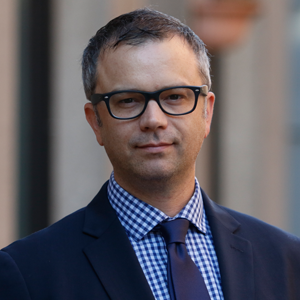
James Wright
Editorial Manager
Global Aquaculture Alliance
Portsmouth, NH, USA
Tagged With
Related Posts
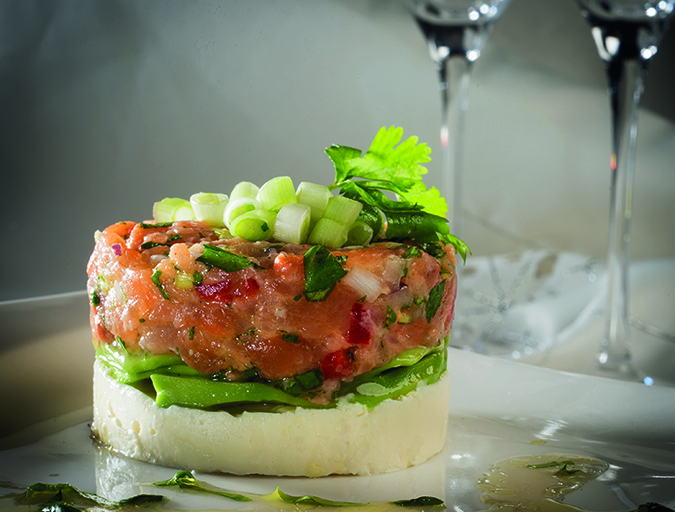
Innovation & Investment
Matorka aims to unearth innovation with Arctic charr
A new and ambitious Iceland company is about to construct what it claims will be the world’s largest land-based salmonid farm. What sets Matorka’s Arctic char farm apart is its ability to tap into natural resources unique to the island nation.
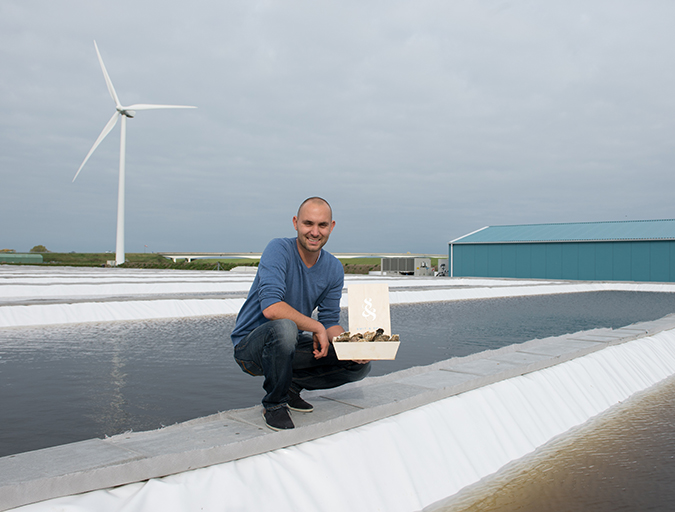
Intelligence
Dutch shellfish farmers bringing the sea onto land
Bivalve shellfish culture is a low-impact form of protein production, and in many cases is a net-positive for water quality. So why move it indoors? Smit & Smit in the Netherlands has a good argument for doing so.
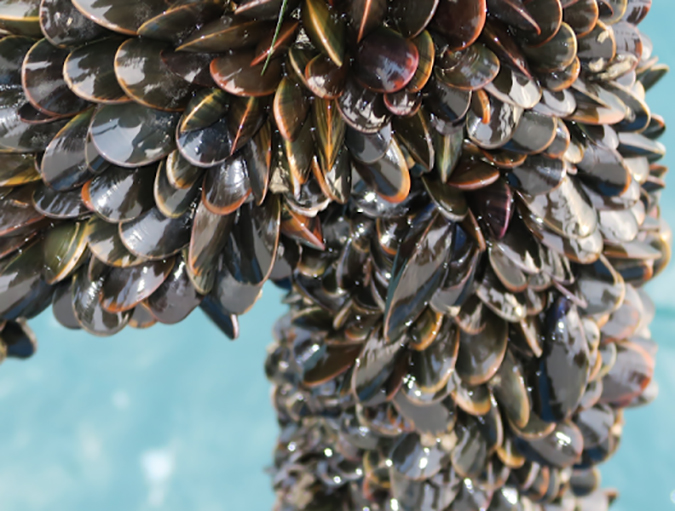
Innovation & Investment
Pioneering U.K. mussel farm channels innovation, ambition
John Holmyard’s family has navigated a complex journey to get their rope-grown mussel farm operational in the waters off southern England. Offshore Shellfish Ltd. has solved the puzzles of bespoke equipment, a perplexing permitting process and the social license to operate.
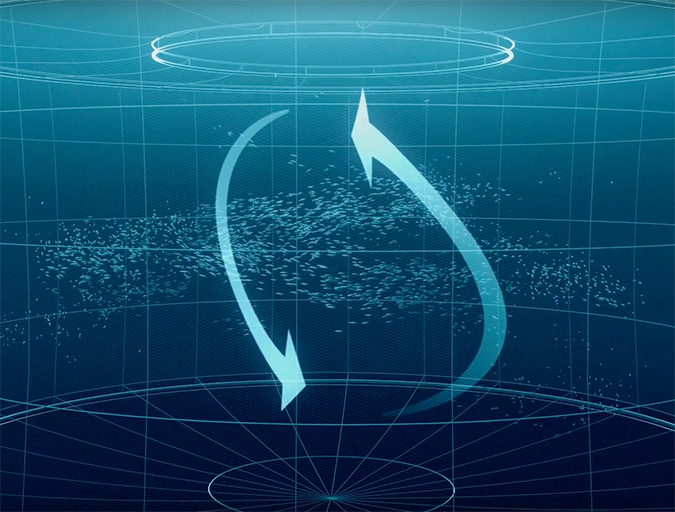
Innovation & Investment
Thinking outside the cage: Avant-garde aquaculture in Norway
Salmon farming in Norway is poised for an innovation boom. The biggest players are putting cutting technology in the water to solve some of the industry’s most persistent problems, such as sea lice, fish escape and waste management.


